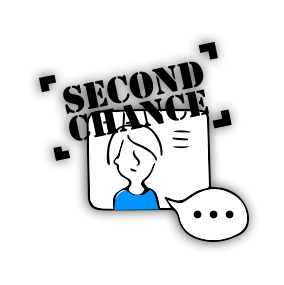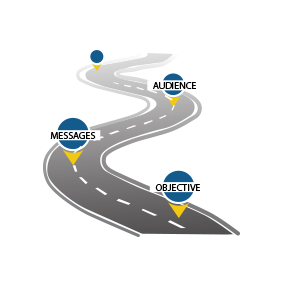TorchMetrics’ surveys have shown that more than 50% of presenters do not absolutely suggest next steps or provide a call to action.
The ramifications of this are profound.
Audiences feel lost and may think, “So what am I sitting here for?” They are frustrated having wasted their time and do not have a positive impression of the presenter.
The Executives do not like their time wasted. They want to move forward with suggestions and solutions. They now do not imagine this person as “executive” material.
Presenters have wasted time creating a presentation that ends in a whisper. And now they have to spend time after the meeting getting agreement on the next steps. Plus their career advancement becomes limited as they are not “seen” as getting things done.
Next Steps and/or a Call to Action are critical to a presentation. Always have a slide prepared that outlines the next steps to be taken. You may choose to show it either at the beginning or at the end of a presentation. In most communications you want a call to action be it a webex, email or presentation.
EXAMPLES: WHICH WOULD ENGAGE YOU?
|
NOT CLEAR |
CLEAR & ENGAGING |
|
|---|---|---|
| Alignment | Can I get alignment on this? | Tomorrow I will start contacting each function to gather the information needed for this project. Please say now if this is not acceptable to you. |
| Marketing Piece | What do you think of this marketing flyer? | We have two colors of the flyer. I suggest we go with the purple as it fits our theme and is more eye-catching. Any comments or questions before we can agree on the purple? |
| Focus | I suggest we focus on our top 10 accounts. | I suggest on Friday we send a memo to the sales force telling them that for the next four weeks to only focus on their top 10 accounts. Is there any reason why you believe we should not do this? |


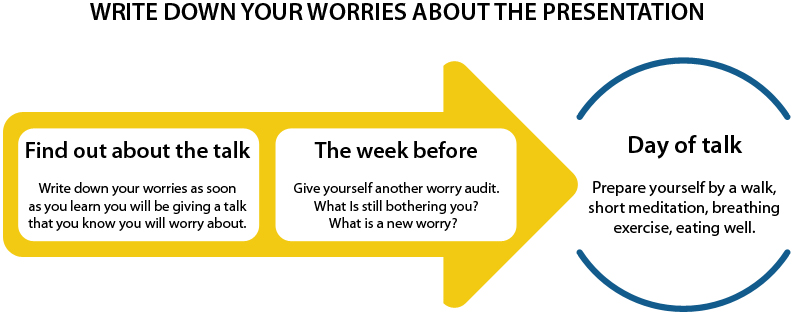
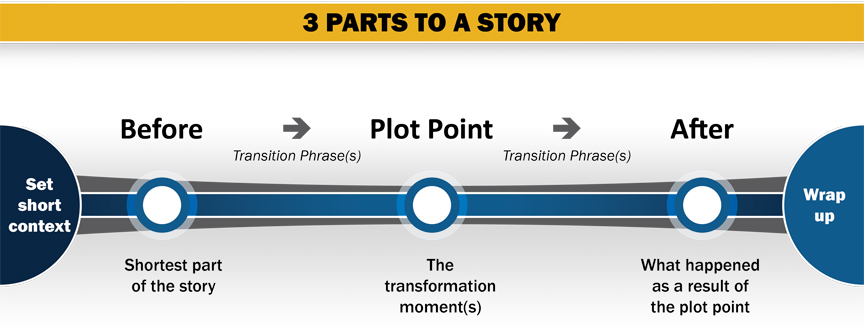
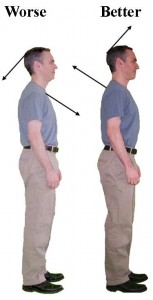
 Here’s the best way to really see if your slides’ content is organized, they look professional and help tell your story.
Print all your slides, lay all of them out on a table and look at them.
First, look at the content across the slides. Is the content organized or do you have the same ideas on many slides spread throughout the presentation?
Second, look at the slide layouts. Are they varied or do you have 8 charts in a row, 6 different graphics in a row, only slides with text bullets and no graphics?
Third, make sure you have engaging, informative titles that help you tell your story and emphasize your key messages.
Professional-looking slides increase your delivery success in engaging your audience.
Here’s the best way to really see if your slides’ content is organized, they look professional and help tell your story.
Print all your slides, lay all of them out on a table and look at them.
First, look at the content across the slides. Is the content organized or do you have the same ideas on many slides spread throughout the presentation?
Second, look at the slide layouts. Are they varied or do you have 8 charts in a row, 6 different graphics in a row, only slides with text bullets and no graphics?
Third, make sure you have engaging, informative titles that help you tell your story and emphasize your key messages.
Professional-looking slides increase your delivery success in engaging your audience.

